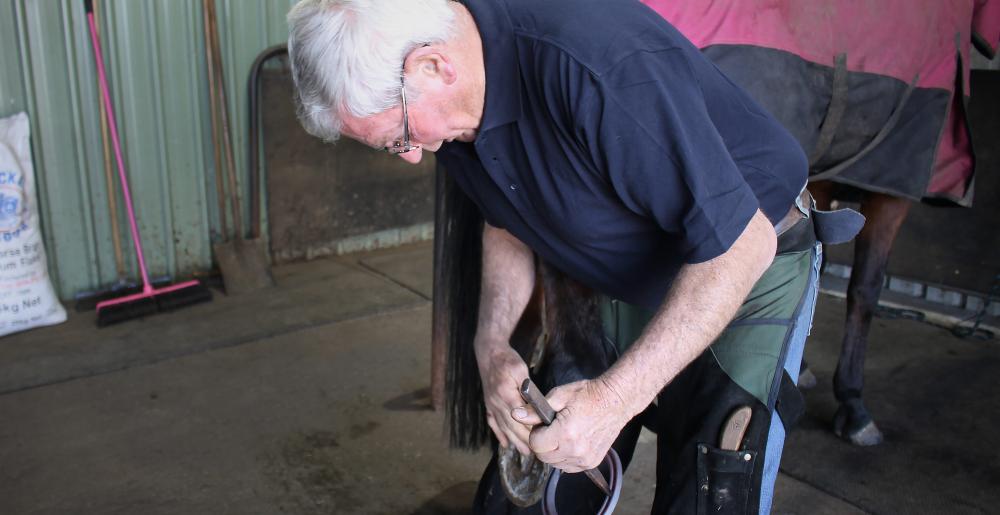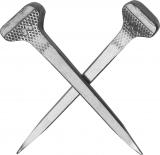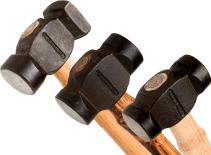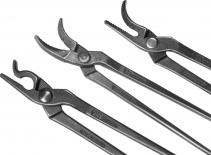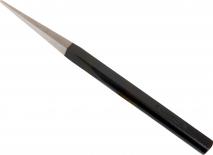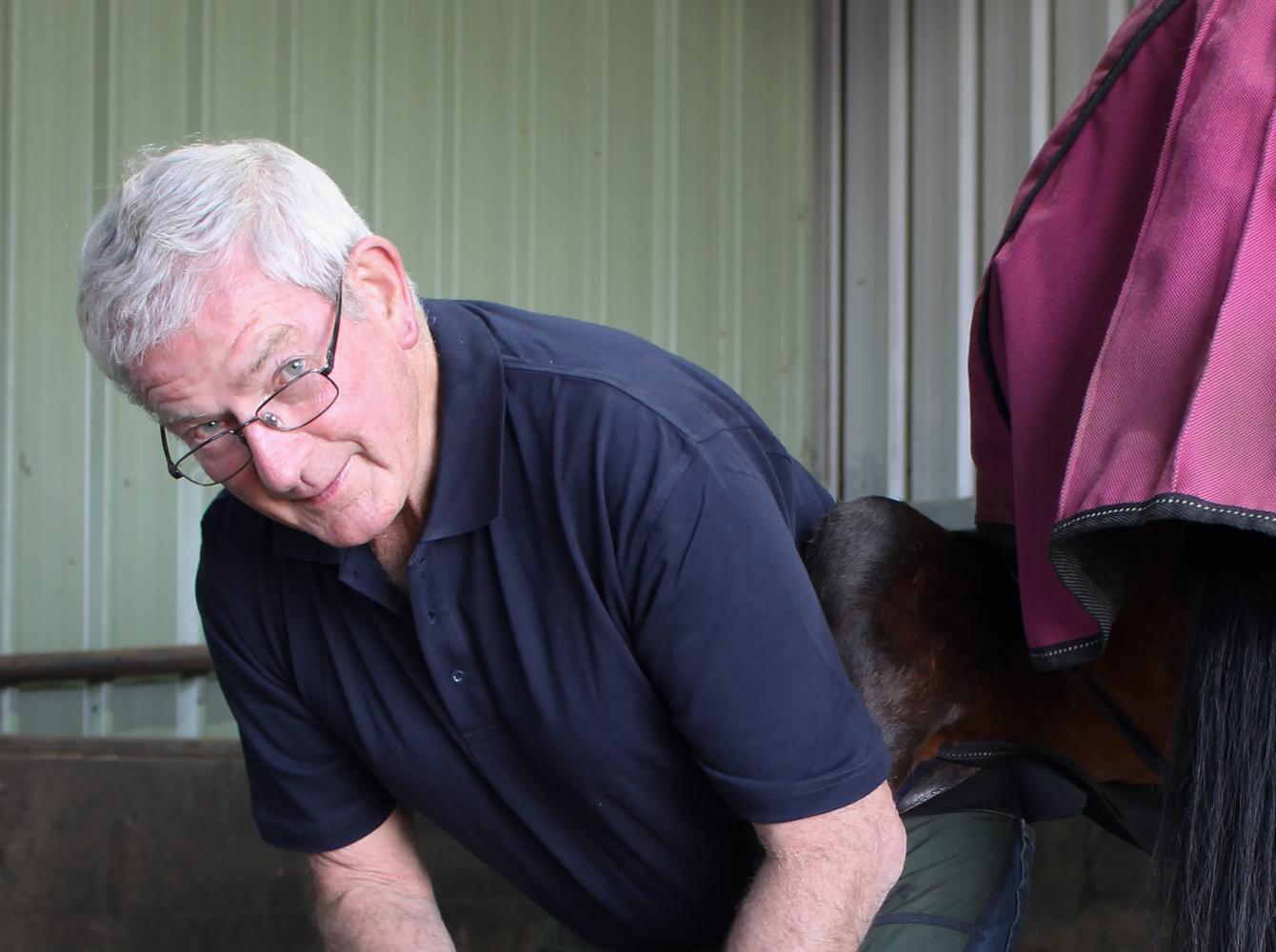
Age is no barrier when you love what you are doing
Carl O'Dwyer - Victorian, Australia Farrier
Shoeing between 20-25 horses per week from his farrier shed in Kilmore, Victoria, he still loves to get under a horse and put on a set of shoes, with his main area of expertise specializing in problem horseshoeing of performance horses.
When he started out shoeing his own horses, trotting was a summer sport but then in the 1960’s it was decided to make it all year round. This presented him with a viable business opportunity as there was a shortage of farriers at the time.
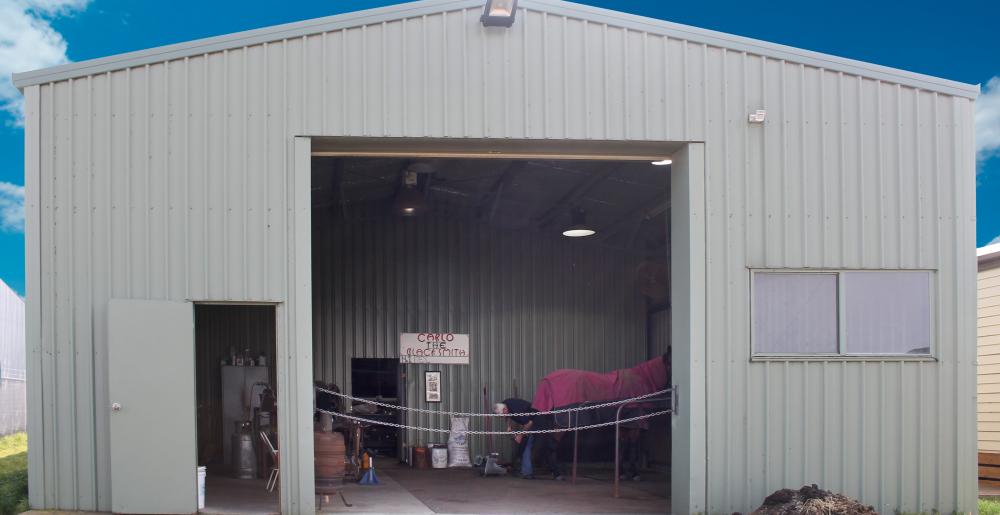
I love that at my age I can still get under a horse and put on a set of shoes
He made the decision to move from Shepparton to Kilmore when he was in his early 20’s and such was his determination to learn the farrier trade, he worked for a Blacksmith in Northcote, for free, at weekends for two years.
Carl was very diplomatic when talking about his former boss but did admit he wasn’t always the easiest of people to work for so when he heard him admit to a group of top horse trainers that ‘one day he will nearly be as good as me’ – this was high praise indeed!
The shoe should always fit to the horse – and not the horse to fit to the shoe
Carl is a true advocate of hot shoeing believing it is good for the hoof – “the shoe should always fit to the horse – and not the horse to fit to the shoe.”
Carl has seen huge changes during his time in the industry – in particular going from hand making the pacing shoes (and seeing the time and effort it takes to make the shoes) to recognizing the need for mechanically produced horseshoes.
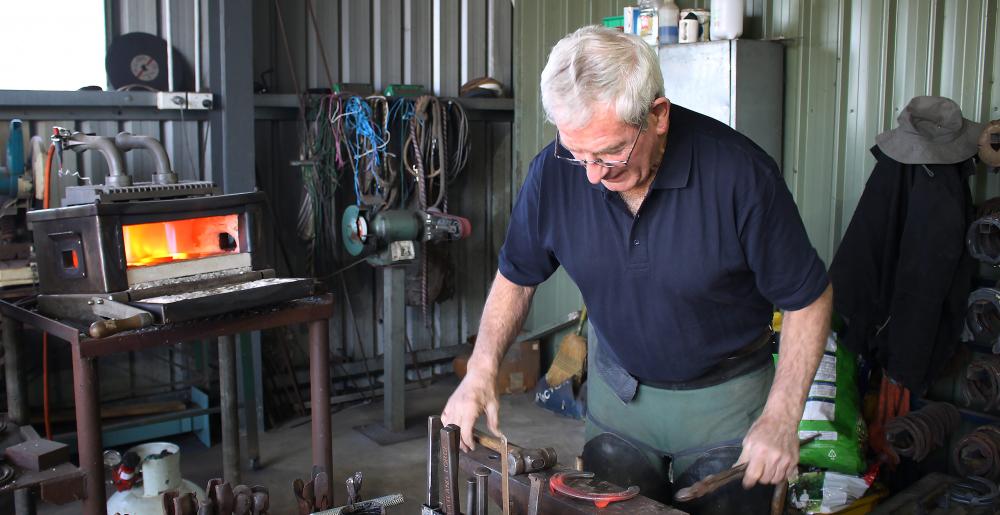
In 1971, Carl formed O’Dwyer Horseshoe Sales Australia, using state of the art technology in the form of automation in the manufacturing process to produce quality products, such as the O’Dwyer Pacing Shoes. In 2002, the company joined the international Mustad Hoofcare group, and Carl is still involved as consultant on product development
I remember a woman in her 60’s came to one of my clinics and she learnt a few things that made it easier for her – she was tickled pink
He also performs several clinics each year for the company which he gets a great amount of enjoyment from.
As Australia is such a vast country many people in more remote areas do not have access to farriers and therefore have to shoe and trim their horses themselves.
He hopes that by running these clinics that he can pass on his experience to people who attend which will in turn make them better at shoeing so better for them and better for the horse.
‘I remember a woman in her 60’s came to one of my clinics and she learnt a few things that made it easier for her – she was tickled pink’.
